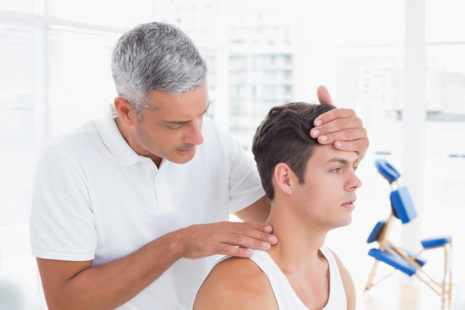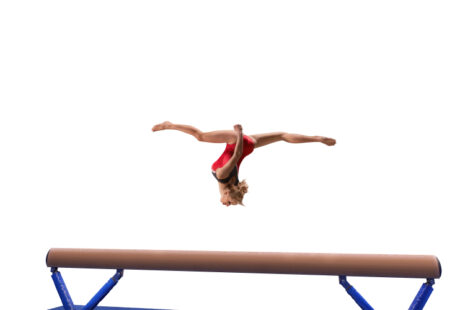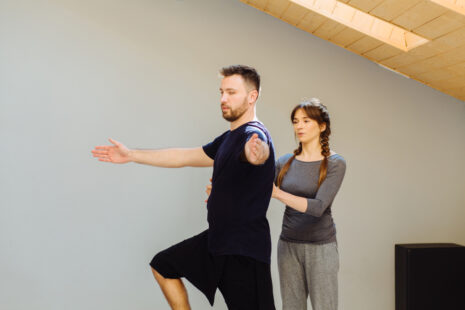The rehabilitation process for an ACL (anterior cruciate ligament) tear typically follows a structured timeline and involves various stages aimed at restoring knee function, strength, stability, and range of motion. While individual rehabilitation protocols may vary based on factors such as the severity of the injury, surgical intervention, and the athlete’s specific needs.
Here’s a general overview of the rehab process for an ACL tear…
- Initial Phase (Pre-Surgery)
- Pain Management – Focus on reducing pain and swelling through rest, ice, compression, and elevation (RICE).
- Range of Motion – Begin gentle range of motion exercises to prevent stiffness and maintain flexibility in the knee joint.
- Strengthening – Initiate light quadriceps and hamstring strengthening exercises to stabilize the knee and prepare for surgery.
- Post-Surgery Phase (Weeks 1-2)
- Protect the Surgical Site – Use crutches and wear a knee brace as directed by the surgeon to protect the knee and promote healing.
- Pain and Swelling Management – Continue to manage pain and swelling with ice, compression, and elevation.
- Passive Range of Motion – Begin passive range of motion exercises, assisted by a physical therapist, to gradually increase knee mobility.
- Muscle Activation – Initiate gentle activation exercises for the quadriceps, hamstrings, and calf muscles to prevent muscle atrophy.
- Early Rehabilitation Phase (Weeks 3-6)
- Active Range of Motion – Progress to active range of motion exercises, focusing on achieving full knee extension and flexion.
- Muscle Strengthening – Start light resistance exercises to strengthen the muscles around the knee joint, including the quadriceps, hamstrings, calves, and hip muscles.
- Balance and Proprioception – Incorporate balance and proprioception exercises to improve joint stability and neuromuscular control.
- Cardiovascular Conditioning – Begin low-impact cardiovascular exercises such as stationary cycling or swimming to maintain cardiovascular fitness.
- Intermediate Rehabilitation Phase (Weeks 7-12)
- Progressive Strength Training – Advance to progressive strengthening exercises to improve muscle strength and endurance, focusing on functional movements and sport-specific activities.
- Plyometrics and Agility Training – Introduce plyometric exercises and agility drills to enhance power, speed, and agility while minimizing stress on the knee joint.
- Sports-Specific Training – Incorporate drills and activities specific to the athlete’s sport to simulate game-like movements and prepare for a return to sport.
- Gradual Return to Activity – Begin controlled, supervised sport-specific activities to assess readiness for a gradual return to athletic participation.
- Advanced Rehabilitation Phase (Months 3-6+)
- Sport-Specific Training – Progress to more advanced sports-specific training, gradually increasing intensity, duration, and complexity of drills and activities.
- Functional Testing – Undergo functional testing and clearance from the surgeon and physical therapist before returning to full sports participation.
- Injury Prevention – Implement injury prevention strategies, including proper warm-up, cool-down, and neuromuscular training, to reduce the risk of future ACL injuries.
Throughout the rehabilitation process, close communication and collaboration between the athlete, surgeon, physical therapist, and other members of the healthcare team are essential for monitoring progress, addressing any setbacks or complications, and guiding the athlete’s return to sport safely and effectively. Adhering to the prescribed rehabilitation program, maintaining consistency with exercises and activities, and practicing good self-care habits are crucial for achieving optimal outcomes following ACL tear and reconstruction.




